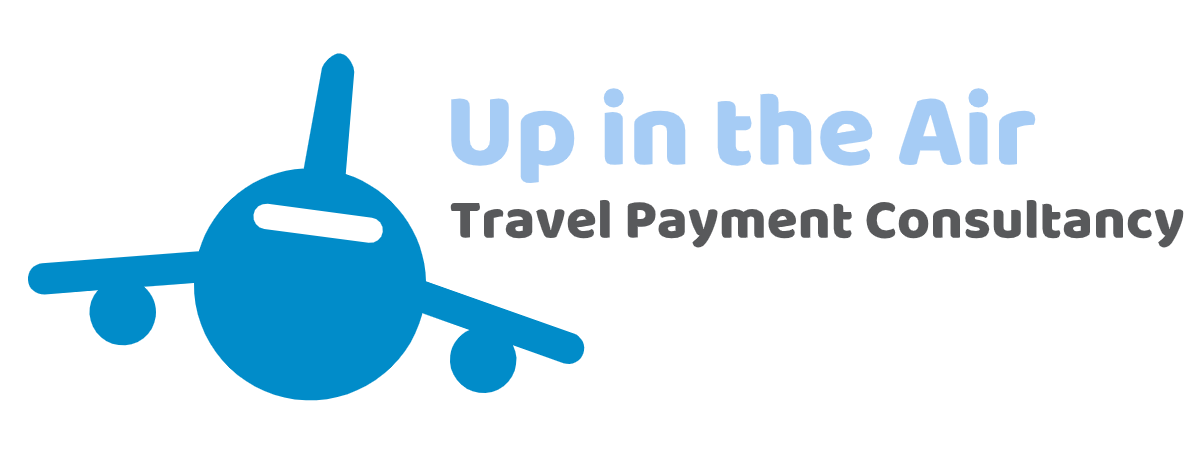It’s now nearly 1.5 years since the pandemic started and the recovery is slowly but surely happening. From a payments perspective, the impact has been clearly visible and it’s now time to focus on how payments can contribute to more streamlined operations, a ramp up in sales and a return of customer confidence. During the World Aviation Festival in December, a 2 day payment track with be part of the agenda. Some of the topics that we’ll discuss in London are introduced in this blog, providing a quick look of where we stand today and what to expect in the near future.
Let’s get started with some of this year’s buzz words..
BNPL – Buy Now Pay Later
Before COVID made leisure customers reconsider their payment options, airlines were already exploring ways to provide credit and compete with Tour Operators / Package Providers on payment acceptance. The idea was that allowing customers to lock in special offers and to pay later would push more traffic towards their direct channel. Stepping away from a full prepayment at the time of booking and allowing customers to pay either later or in installments has therefore become an important part of an airline’s payment strategy. What are the options/flavors available and under review?
- Time to Think; hold the booking for e.g. 10 days for a small fee
- Credit Card; charge or revolving, the customer is charged by the issuer after the booking. The airline is paid directly / as contractually agreed with their acquirer
- Credit Card installments; have been popular in Latin America for many years. The airline is either paid fully at the time of booking or in installments over x number of months
- BNPL; instant credit, customer pays over time. Full payment by the BNPL provider to the airline at the time of booking, liability for non-payment by the customer is with the provider, as is credit and fraud risk. The airline is paid by bank transfer, VCN (Virtual Card Number) or UATP / IATA clearing
- PWYF (Pay When You Fly); the booking is held till the day of departure and payment is made at check in
- Lay away; the payment to the airline is spread over the time between the booking and departure. The price is locked in and ticket is issued once the booking amount is fully paid
Obviously all the above options come with their pros and cons and operational challenges. A holistic approach, involving all the relevant stakeholders on the airline side will therefore be key when deciding which one(s) to implement.
Open Banking Payments
Where BNPL offers a direct incentive (”pay later”) to customers that drives adoption, that is not so clear when it comes to Open Banking Payments, another buzz word. IATA recently (finally) announced the IATA Pay pilot with Emirates whilst other Fintech providers have been rolling out API based solutions over the last couple of years.
Much has been written about the upsides for Airlines when offering Open Banking to their customers and successfully cannibalizing the share of wallet of credit cards, in summary:
- Different pricing model, resulting in a significant reduction in processing costs
- Non reversible (for fraud or other reasons), creating a saving in operational and chargeback related costs
- Grow (online) sales, reaching customers that prefer to pay directly from their bank account
- No deposit or hold back requirements for covering the time between booking and departure
- In case of Instant Payments, improved cash flow
Without a doubt, even or especially post pandemic, all very strong points from an Airline perspective but it’s all theory if customers do not select and successfully check out with Open Banking, especially the ones now paying by (corporate) credit card. So it’s all about adoption, what will play a role from a customer perspective?
- Cash flow, money leaving the customer’s account instantly is not a selling point! As mentioned above, recently there’s a trend towards BNPL (delayed or installment payments), Open Banking is heading in the opposite direction
- Dispute rights, the massive number of COVID related flight cancellations and the operational issues around refunds last year have further fueled concerns about non reversible payment methods for Airline direct bookings that are not covered by consumer protection schemes. Should airlines consider bundling Open Banking with travel insurance that will cover non delivery of service?
- Stickiness, card issuers offer their card holders all kind of perks (think about the miles earned on the airlines’ own co-branded cards) and services like travel insurance and cash-backs. Currently these loyalty schemes do not exist (yet) for Open Banking and linking it to the airlines FFP will also introduce costs
- Spending limit, unlike most cards the spending limit for Open Banking is typically directly related to your account balance, which might make it easier to pay from your bank account (also if you’d like to keep your spending limit for payments once arrived at the destination)
Main question that remains is how to incentivize Open Banking and drive adoption? It is quite likely that adding the above mentioned missing features will put Open Banking in the same league cost-wise as the credit cards it so eagerly wants to replace.
Fintech
The latest buzz word in Travel is Fintech. Players in the travel booking and payment value chain are constantly looking into expanding their offering into margin rich areas, remove friction and/or stretch their role / control. PSS’s, GDS’s, OTA’s, IBE’s, NDC aggregators, Virtual Interlining Providers, Meta Search providers, they’re all now actively involved in the payment process (either voluntarily or forced by regulations like Strong Customer Authentication).
Fintech is however more than payments and payment related services, according to Investopedia: “Fintech is used to describe new tech that seeks to improve and automate the delivery and use of financial services. At its core, fintech is utilized to help companies, business owners and consumers better manage their financial operations, processes, and lives by utilizing specialized software and algorithms that are used on computers and, increasingly, smartphones.”
Join us on December 1-2 in London to learn about the latest developments and discuss airline payments and Fintech related topics with subject matter experts from across the value chain!

